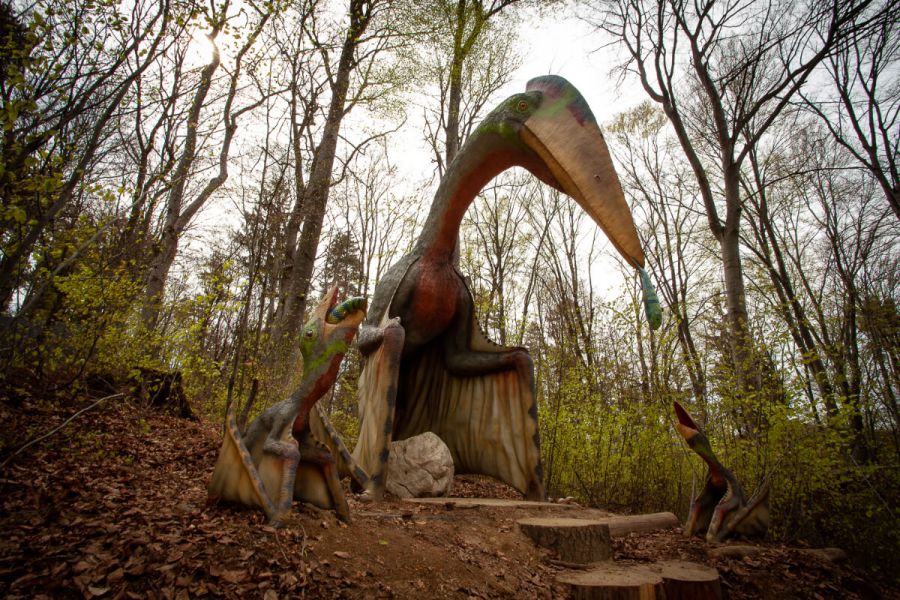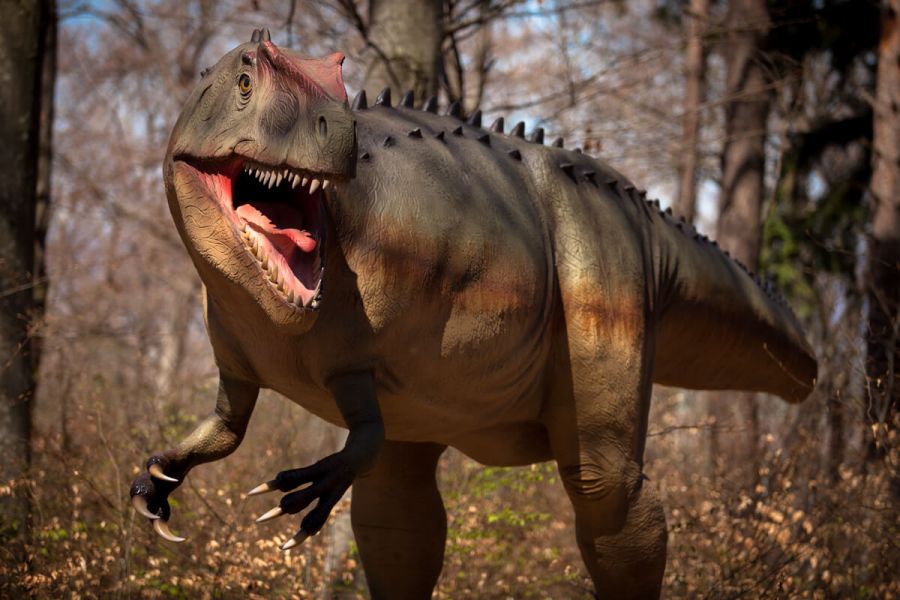
Quetzalcoatlus is a genus of azhdarchid pterosaur known from the Late Cretaceous Maastrichtian age of North America. Its name comes from the Aztec feathered serpent god Quetzalcoatl. The type species is Q. northropi, named by Douglas Lawson in 1975. It has gained fame as a candidate for the largest flying animal ever discovered.

There have been a number of different ideas proposed about the lifestyle of Quetzalcoatlus. Because the area of the fossil site was 400 km removed from the coastline and there were no indications of large rivers or deep lakes nearby at the end of the Cretaceous, Lawson, in 1975, rejected a fish-eating lifestyle. Instead, he suggested that Quetzalcoatlus scavenged, similar to the marabou stork (which will scavenge, but is more of a terrestrial predator of small animals), but then on the carcasses of titanosaur sauropods, such as Alamosaurus. Lawson had found the remains of the giant pterosaur while searching for the bones of this dinosaur, which formed an important part of its ecosystem.

Studies of Q. northropi and Q. lawsoni published in 2021 by Kevin Padian and colleagues instead suggested that Quetzalcoatlus was a very powerful flier, it had a large breastbone to support the necessary muscles for creating the flight stroke, and that it would probably have used its powerful hind legs to launch as high as 8 ft when taking off, allowing it to gain enough height and momentum to begin the necessary downstrokes needed for takeoff. This same study also suggests that Quetzalcoatlus had limited walking motion in its wings, with the limbs on each side of the body being moved together and the forelimbs being lifted out of the way of the hindlimbs. This study also suggests that the wings of pterosaurs were only attached to the body, with the legs and feet being tucked underneath, much like how modern birds tuck their legs beneath their own bodies in flight.







